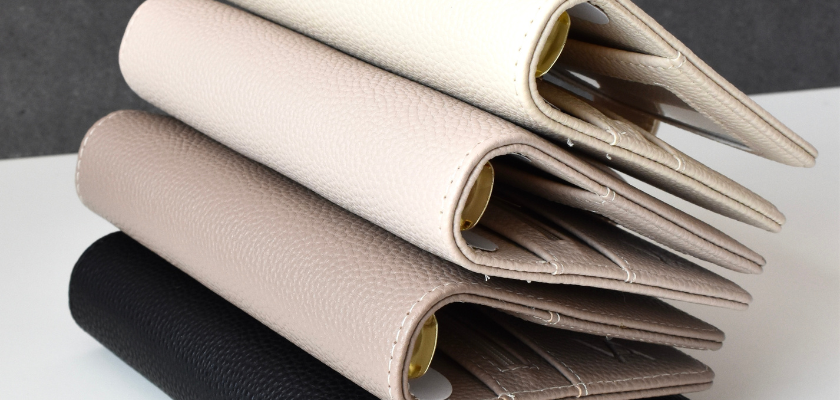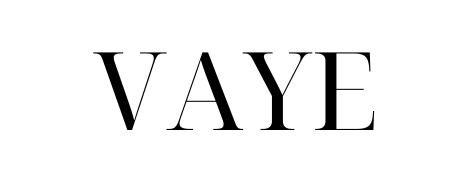
What is a cash stuffing map and why do you need one?
Share
If you've ever tried to get your finances in order, you know how overwhelming it can be. Keeping track of everything, keeping everything neatly organized in an app, and then also trying not to overspend? Yes, it can be quite a challenge. But what if there was a method that was simple, effective, and even a little fun? Meet the cash stuffing map—your new best friend when it comes to budgeting.
Let's take a look at what exactly a cash stuffing map is, how it works, and why you should get one today.
What is a cash stuffing map?
A cash stuffing folder is essentially a physical folder where you can organize your cash into different categories. Think of envelopes or slip pockets that you can label with things like "groceries," "bills," "outings," or even "savings goals." The idea is simple: you literally divide your money into these categories so you know exactly what you can spend. And when the money's gone, it's gone.
Sounds almost too simple, right? But that's precisely its power. No complicated spreadsheets, no confusing apps – just you, your money, and a plan.
Want to know exactly what a cash stuffing folder looks like? Browse our collection of cash stuffing folders for inspiration.
Why use a cash stuffing map?
Okay, so it sounds convenient. But why should you switch to this method? Here are a few reasons why a cash stuffing folder can be a real game-changer:
1. More organized than apps or digital tools
Let's be honest: budgeting with an app can be quite frustrating. You forget to enter expenses, your balance never seems to quite add up, and it can feel so abstract. With a cash stuffing folder, you literally have money in your hands. You see exactly what you have and what you're spending.
2. Helps you stay within your budget
The beauty of cash stuffing is that it forces you to limit your spending to what you actually have. Already empty your "groceries" envelope? Then it's time to get creative with what you still have on hand.
3. Motivates you to save
There's nothing as satisfying as filling your "savings goals" envelope. It's like giving yourself a small victory every time.
4. Suitable for everyone
Whether you have a large family or are self-sufficient, a cash stuffing folder works for everyone. It's adaptable to your situation and financial goals.
How to use a cash stuffing map
Now that you know why it's so useful, you're probably wondering: how do I get started? Don't worry, we have a simple guide for you.
Step 1: Determine your budget categories
Think about what you spend money on each month. Consider:
- Groceries
- Rent or mortgage
- Utilities
- Transport
- Onions
- Savings goals
Make a list and decide how much you want to spend on each category.
Step 2: Pin content money
Yes, you read that right. Withdrawing cash is back in style. Go to the bank and withdraw the amount you've budgeted.
Step 3: Divide the money
Place the money in the appropriate envelopes or sleeves in your cash stuffing folder. Clearly label each category so you know what's for what.
Step 4: Track your progress
You can make extra notes in your folder or use a budget planner to keep track of everything. This will give you a good idea of where your money is going.
What types of cash stuffing folders are there?
There are several types of cash stuffing cards available, depending on your style and needs. Here are a few popular options:
1. A6 folders
A6 folders are the most common size for cash stuffing. Often, two A6 folders are used initially: one for the monthly budget and one for savings goals. These folders are also called budget binders. View the collection of A6 cash stuffing folders here.
2. A5 folders
Larger and suitable for those with more categories. A5 folders offer more space and clarity, making them ideal for home use or for those who want to budget extensively. A5 folders are also often used in combination with a planner, such as a budget planner .
3. A7 folders
Super compact and handy to carry. These folders are perfect as wallets, and with A7 cash envelopes, you can keep track of your budgets anytime, anywhere.
Common mistakes in cash stuffing
Nobody's perfect, and that includes budgeting. Here are a few common mistakes and how to avoid them:
1. Unrealistic budgets
It's tempting to think you can get by on less, but be realistic. Give yourself a buffer for unexpected expenses.
2. Forgetting to include variable expenses
Things like gifts, medical expenses, or subscriptions can quickly ruin your budget if you don't factor them in.
3. Too much cash at home
While cash stuffing is great, you don't want to keep too much cash at home. Make sure your savings are safely stored in a bank account.
How do you get started with cash stuffing today?
Ready to take the plunge? Here are a few simple steps to get started today:
-
Choose a cash stuffing folder : Browse our collection and choose the folder that best suits your needs.
-
Create your budget : Take some time to get your finances in order.
-
Get started : Collect cash and fill your folder.
The beauty of this method is that you see results immediately. No hassle, just a simple system that works.
Conclusion
A cash stuffing folder isn't just a handy tool; it's also a fun way to gain more control over your finances. It helps you stay organized, stick to your budget, and even save for the things that are truly important to you.
So what are you waiting for? Check out our cash stuffing folders and get started today. Your future self will thank you!
